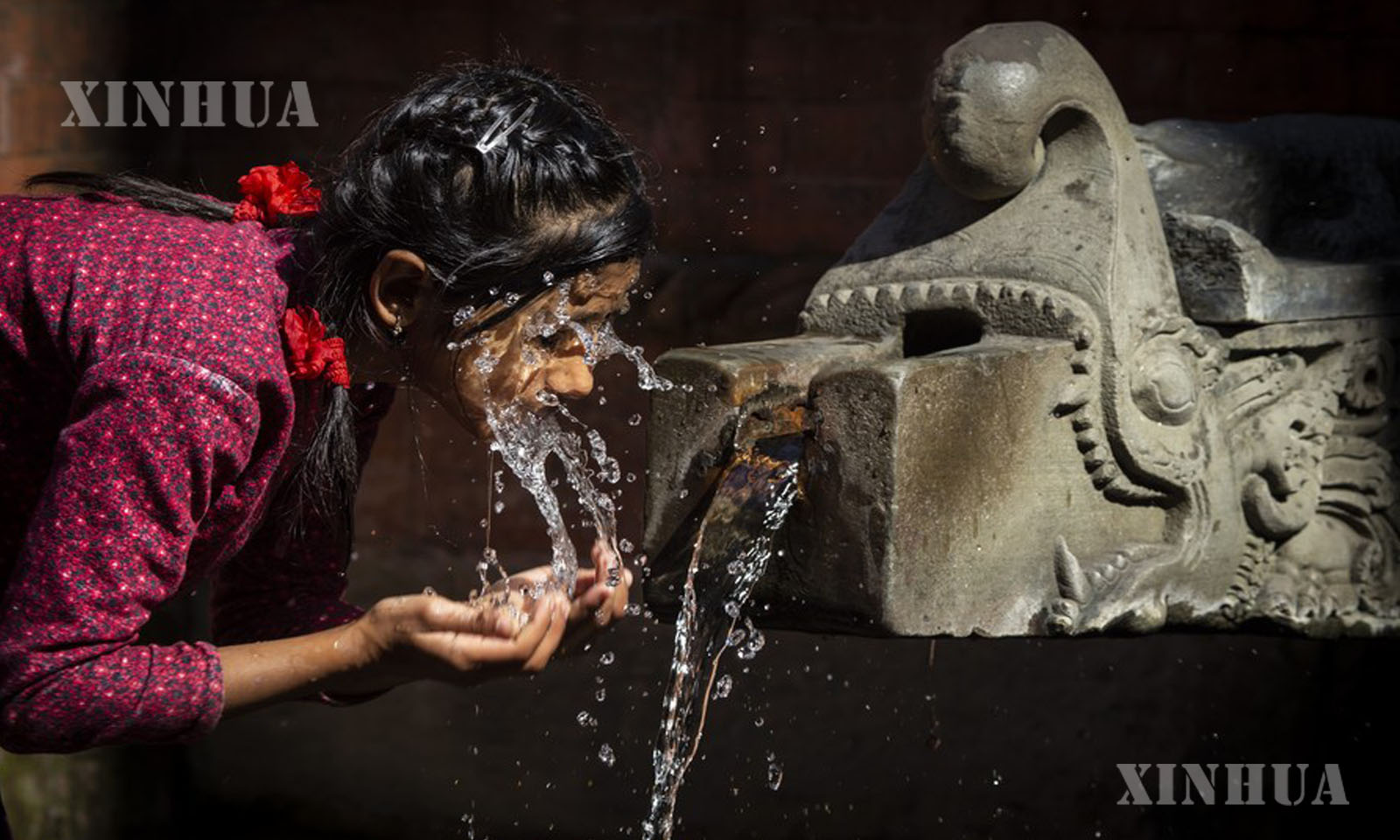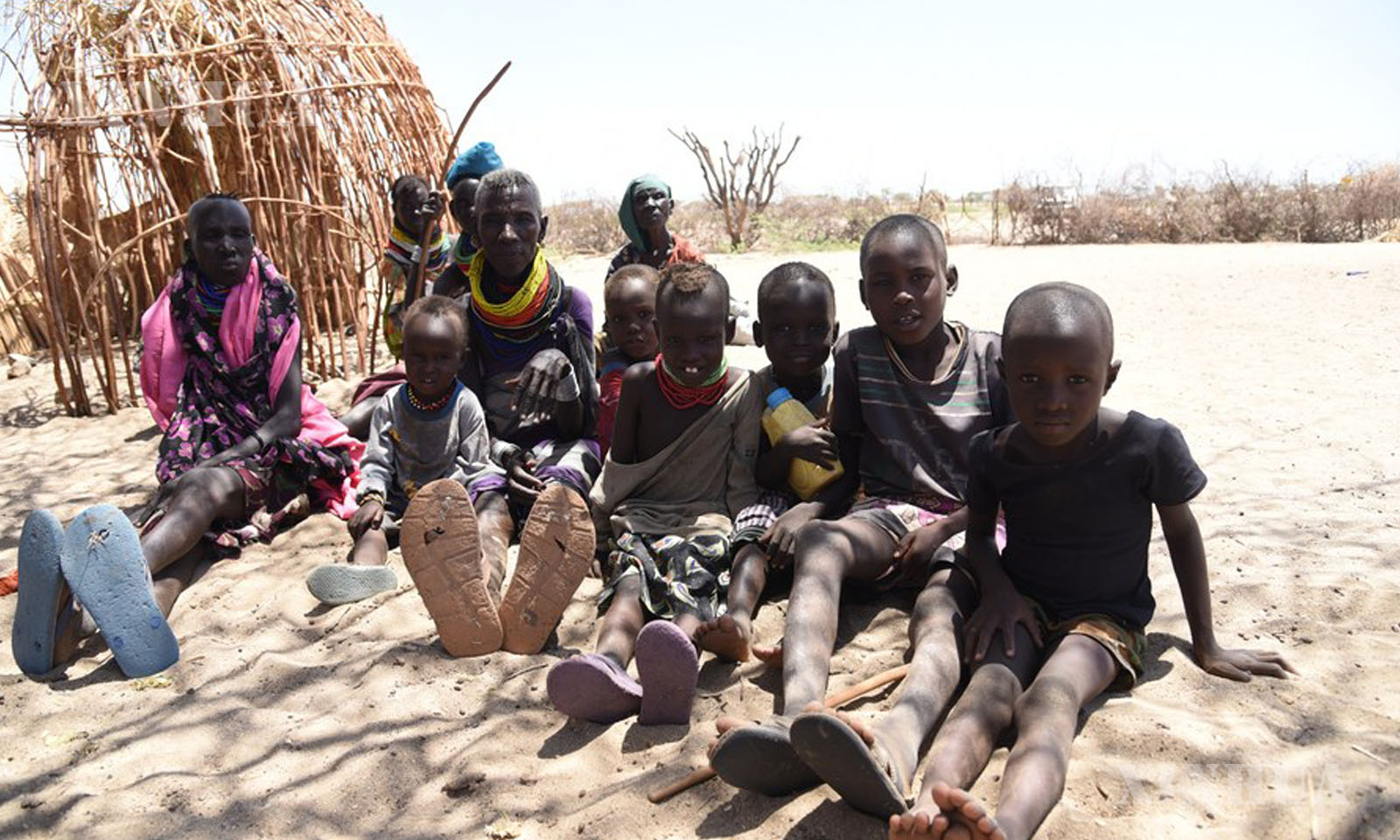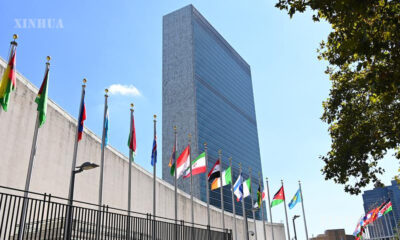International Organizations
အရေးတယူ လုပ်ဆောင်မှုများ မရှိလျှင် ကမ္ဘာ့လူဦးရေ၏ သုံးပုံနှစ်ပုံက ၂၀၃၀ ပြည့်နှစ်နောက်ပိုင်းတွင် ရေမလုံလောက်မှု ပြဿနာနှင့် ရင်ဆိုင်ရမည် ဖြစ်သည်ဟု ကုလသမဂ္ဂအစီရင်ခံစာ ဆို

ကုလသမဂ္ဂ၊ မတ် ၂၄ ရက် (ဆင်ဟွာ)

ကင်ညာနိုင်ငံ မိုးခေါင်ရေရှားဒဏ်ခံစားနေရသော Turkana ခရိုင်တွင် မိသားစုတစ်စုအား ၂၀၂၂ ခုနှစ် အောက်တိုဘာ ၁၁ ရက်က တွေ့ရစဉ်(ဆင်ဟွာ)
ကမ္ဘာ့လူဦးရေ၏ ၇၈ ရာခိုင်နှုန်း သို့မဟုတ် လူပေါင်း ၆.၁ ဘီလီယံခန့်သည် လက်ရှိ ရေဖူလုံမှုမရှိသော နိုင်ငံများတွင် နေထိုင်နေရကြောင်း ကုလသမဂ္ဂအစီရင်ခံစာတစ်ခု၏ ဖော်ပြချက်များအရ သိရသည်။
ဖွံ့ဖြိုးမှု အနည်းဆုံးနိုင်ငံ ၁၆ နိုင်ငံနှင့် ကျွန်းနိုင်ငံ ၇ နိုင်ငံဖြစ်သော စုစုပေါင်း နိုင်ငံပေါင်း ၂၃ နိုင်ငံသည် ရေလိုအပ်မှုဒဏ်ကို ဆိုးဝါးစွာ ခံစားနေရကြောင်း သိရသည်။ (Xinhua)
………………………………
(English Version)
UN report says two-thirds of people to remain water-insecure post-2030 without radical action
— According to a UN report, 78 percent of the global population, or about 6.1 billion people, presently live in water-insecure countries.
— A total of 23 countries — 16 Least Developed Countries (LDCs) and seven Small Island Developing States (SIDS) — are critically water-insecure.
1. A girl washes her face with water from a stone waterspout in Lalitpur, Nepal, March 22, 2023, the World Water Day. (Photo by Hari Maharjan/Xinhua)
2. A family sits under a shelter in drought-hit Turkana County, Kenya, on Oct. 11, 2022. (Photo by John Okoyo/Xinhua)






